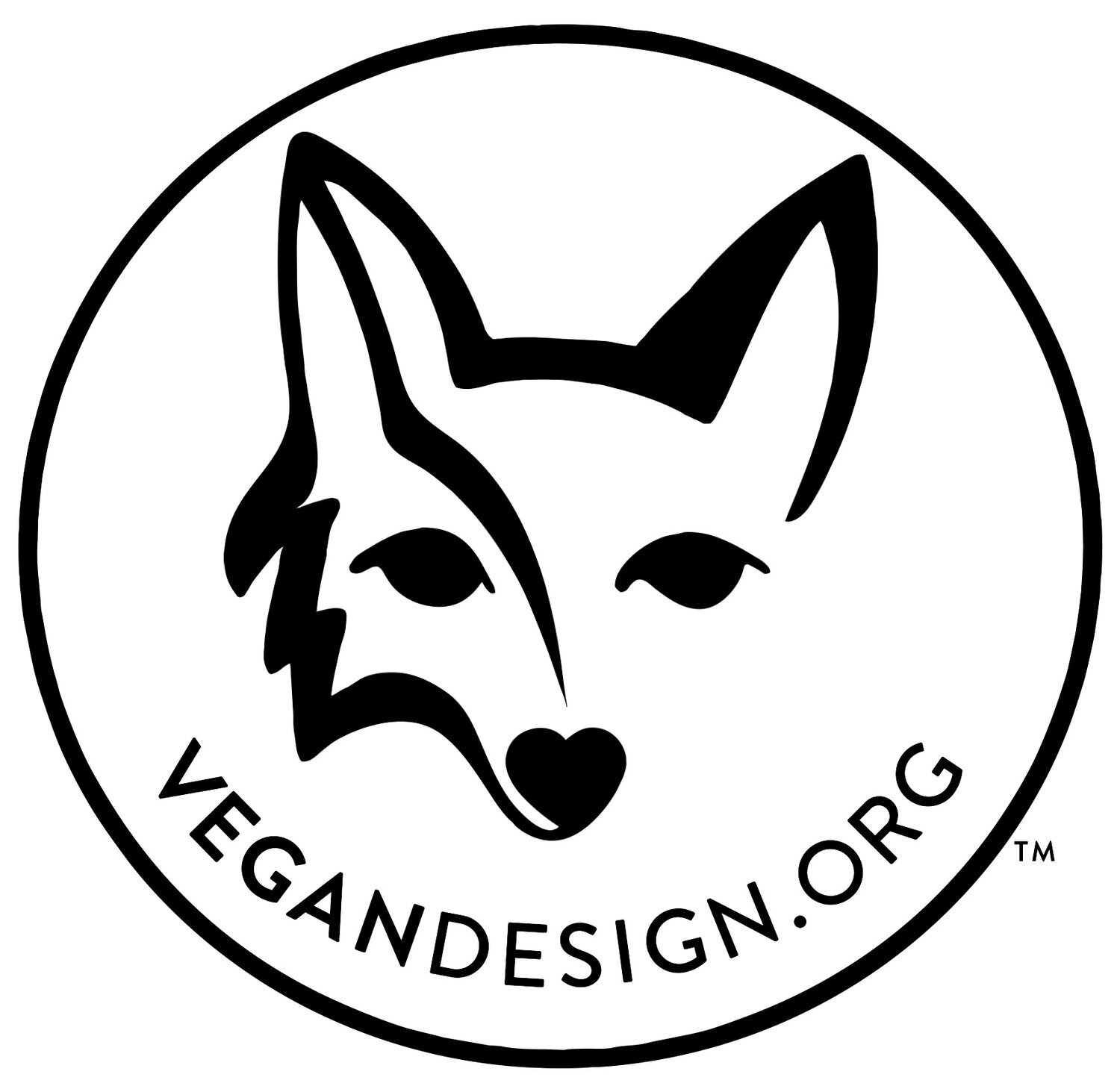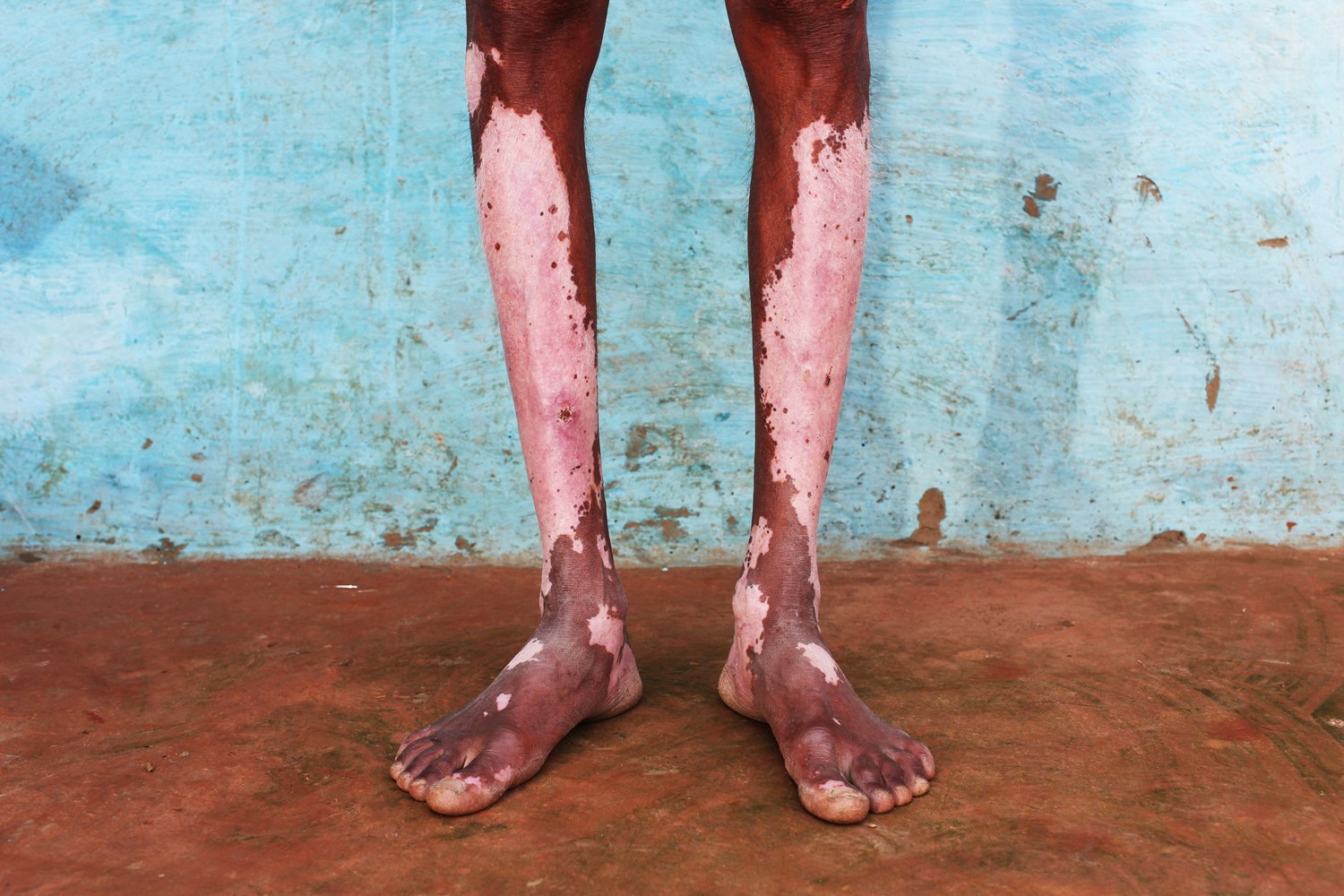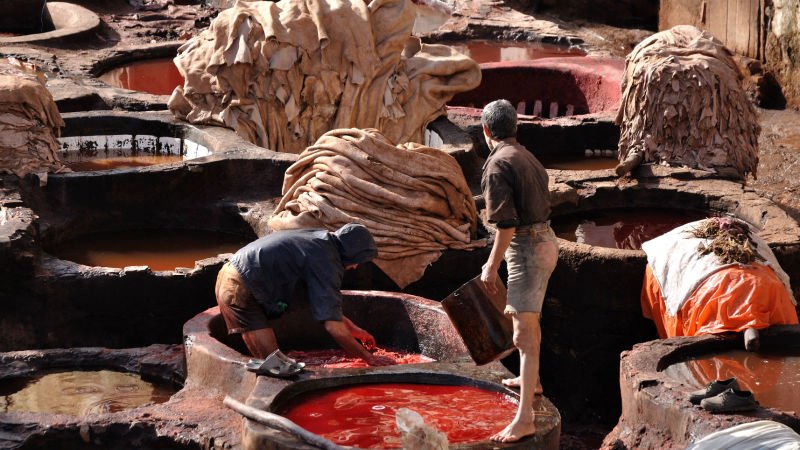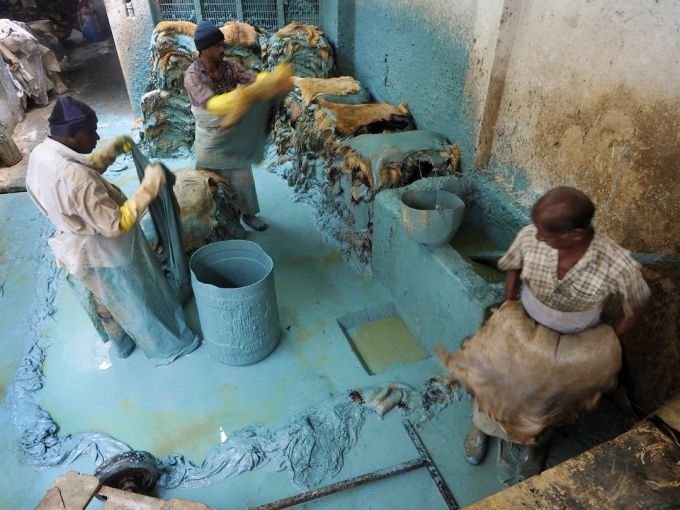Future Trends: Vegan Alternatives in Commercial Interiors
© Kings Education 2018
This article was written by A VeganDesign.Org Course Graduate. Chloe embodies our mission to the fullest and I am so very proud of her. It’s a great article.
By Chloe Bullock - Twelve years ago I started my interior design company and named it ‘Materialise’ because of my love of materials and the sourcing and researching of them. With a little more research and by breaking old buying habits, you can very easily avoid animal cruelty, create healthier spaces and play a key role in helping the planet with vegan alternatives. Plus you can provide your client with great stories from those choices that they can be proud to brag about. Vegan building materials are defined as not originating from any living creature, or an animal byproduct and are not tested on animals. The materials to avoid are wool (including angora), leather, feathers, down, silk and fur. Some of which had been very much ingrained into my own previous selections for clients on the basis they were ‘natural’, breathable, wore well and were aesthetically pleasing.
Commercial interiors need to be super durable and have to ensure the furniture and finishes used are safe and flame resistant. These criteria can be met beautifully by using cruelty-free alternatives. They don’t necessarily need to cost more either. It’s an opportunity for you to add positive stories for your clients and have them stand out from their competitors by having created vegan commercial spaces.
As a designer, I do my best to deliver aesthetically pleasing interiors by addressing the senses. The use of color and form in spaces is something should all be very aware of. But we also need to pay attention to other things in the environment such as how to soften noise, avoiding scratchy, irritating finishes and eliminate unpleasant smells. All of which can aggravate and make an environment uncomfortable, especially for those with sensory processing issues. The smell and scratchy feel of wool can easily be supplemented with long-lasting non-wool products such as beautiful rugs and blankets made from recycled plastic bottles, carpet tiles made of 100% recycled yarn and 100% recycled backing or felt-like non-wool contract upholstery fabric which I use regularly for client Kings Education.
Upholstery can be covered simply in faux leather alternatives which now look and perform better than real leather – especially the cost-effective laminated leather. They don’t have a heady smell. Leather is natural in that it’s animal skin, but everything that happens subsequently to the skin - from the tannery to the dyeing process - is full of toxic chemicals. It’s horribly harmful for the people working in the industry as well as the end-user. View images of toxic tanneries in India below:
It’s outdated to think ‘natural’ - as in deriving from an animal - is better. So much is happening with new technology and material development. Just look at the future of the textile industry. The future is in natural materials derived from plants - such as Tencel made from natural cellulose found in wood pulp and Piñatex® fabric made from pineapple leaf fibre. The company Modern Meadows is developing bio-leather grown in laboratories from collagen - innovating a new generation of environmentally friendly clothing materials which will soon overflow into our industry.
In terms of commercial interiors, we need to ensure those working or visiting these spaces are happy, healthy and content. Keeping certain things in mind such as maximizing exposure to daylight by positioning people close to windows for a pleasant working environment is important. Research into biophilic design (human’s affiliation with nature) has proven that a view through those windows of external landscaping that connects people to nature - has a positive effect on productivity, mood and creativity**. In medical environments, evidence suggests it promotes wellbeing and even healing. If windows are not in the space, add plants and natural colour to form and break up the lines. A recent find at the Surface Design Show (London) exhibited sustainably grown moss from Iceland on modular panels that can be easily used to create living walls. The moss is stablised so it requires no watering, sunlight or maintenance and stays fresh and soft from the humidity in the air. The rounded ‘bun’ moss is my favorite - see image below!
Rounded Moss Walls by Innerspace
Useful plants that can improve your working environment: ***:
Snake plant (Sanseveiera trifasciata): Among NASA’s top ranked for absorbing formaldehyde, benzene, xylene and trichloroethylene. It needs little water and plenty of light.
Peace lily (Spathiphyllum): The no.1 on NASA’s list. Low maintenance, shade-loving evergreen needing little water.
Red-edged dracaena (Dracaena marginata):Palm like top air purifier- removing formaldehyde, benzene, xylene. Water twice a week and happy in indirect sunlight.
It is crucial to also consider the lifespan of the furniture and finishes we are using. How are the elements made and are they recyclable. When I design an interior space for a client, I don’t follow “of-the-moment” trends. Most often, by the time the project is built, those trends are on their way out. I like to design long-lasting interiors with specifications for furniture and finishes that will serve the client well and easy to maintain. By avoiding the ‘natural’ animal products that hold dust, odor and are filled with toxins, you are giving clients a much healthier and a cleaner environment to maintain.
I know our work has a huge positive effect on our client’s homes and businesses and those who use them but this industry has sometimes left me feeling disillusioned. I feel we are so passionate in what we do and put in such a lot of effort which is not always appreciated. For me doing the course/and promoting the cause has really injected new enthusiasm into my work and given me a niche for attracting like-minded clients who want their spaces filled with positive stories and free of negative energy and animal suffering. Now my own ethics have combined with my work passion and I feel I have a clear direction again.
I don’t believe people choose cruel specifications on purpose. I think it’s habit and lack of knowledge and resources. I thought I had a good understanding of the industries from my experience of designing and specifying for The Body Shop global head office for years, but I was shocked at some - particularly the wool industry. I’m really happy to have found out about this course to update and extend my knowledge further. It’s important to be informed and have sources for positive alternatives to use instead. I really don’t want to keep these learnings to myself. I encourage anyone who is interested to do the online course and investigate all the resources on the website and be part of the community.
Chloe Bullock is a Brighton-based interior designer with over 20 years interior design experience, including 10 year specifying and designing ethically sourced interiors for The Body Shop International globally. She works for residential and commercial clients in South East England. Chloe loves to help clients through the design and implementation processes, offering vegan specification alternatives. She was ‘Vegan Designer of the Month’ February 2018. Chloe Bullock, BIID RegID, BA (hons), VEGANDESIGN.ORG CERTIFIED™ www.materialiseinteriors.com






